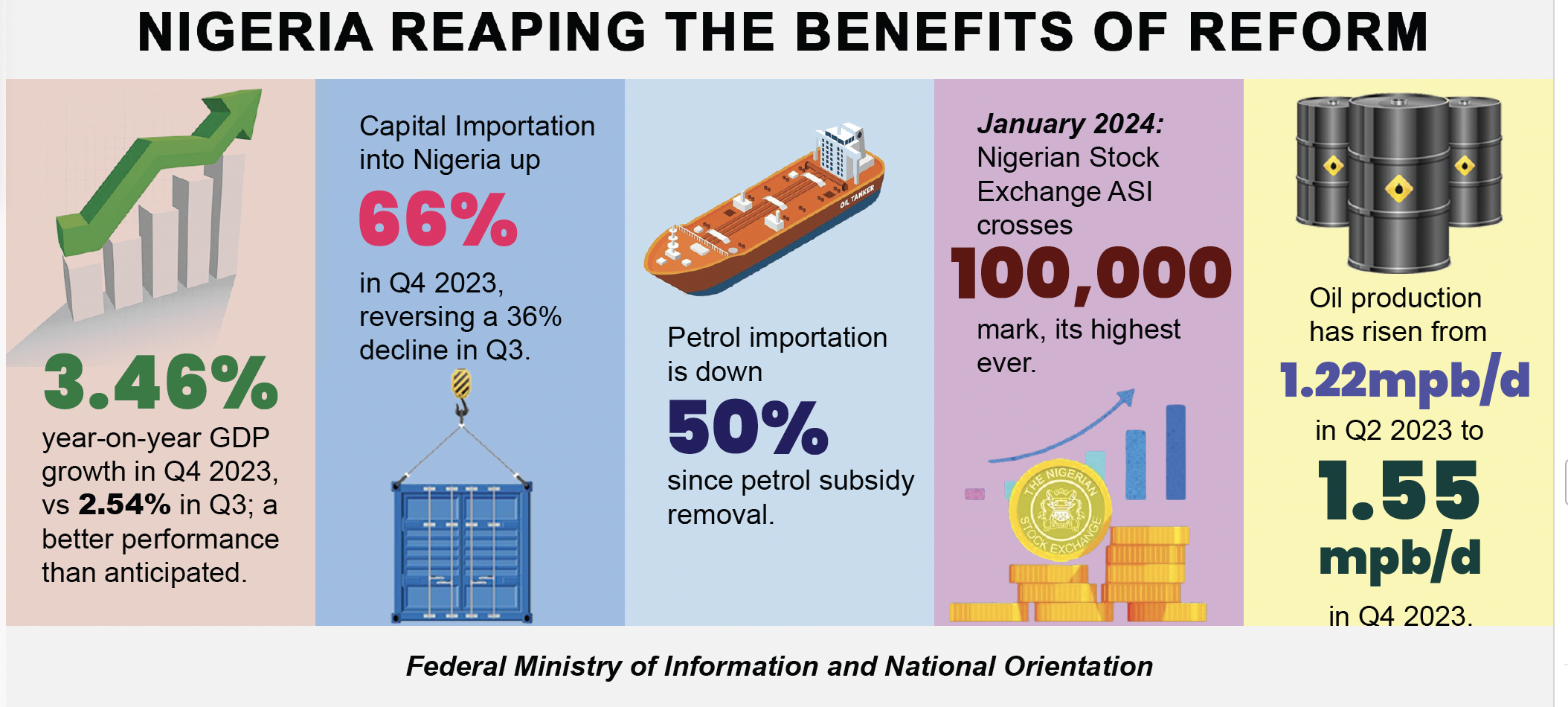There was a time when goalkeepers were just that—goalkeepers. Their job was simple: stop shots, claim crosses, and boot the ball as far away from danger as possible. But in today’s modern game, keepers are no longer just shot-stoppers; they are now playmakers, often acting as an extra outfield player. It’s a revolution that has reshaped football, making some traditional goalkeepers obsolete while elevating others to legendary status.
The Sweeper-Keeper Revolution
The transformation started with the evolution of the ‘sweeper-keeper’—a goalkeeper who not only guards the goal but also plays a crucial role in building up attacks. This trend gained widespread attention thanks to Bayern Munich and Germany legend Manuel Neuer. Neuer’s ability to rush off his line, intercept passes, and distribute the ball with pinpoint accuracy made him a pioneer of the modern goalkeeper role.
His performances at the 2014 FIFA World Cup, where he played almost like a third center-back for Germany, cemented this new role. Neuer’s influence inspired a new generation of goalkeepers who had to be as good with their feet as they were with their hands.

How Traditional Goalkeepers Got Left Behind
As clubs embraced a more possession-based approach, the need for goalkeepers who could pass under pressure became paramount. Suddenly, keepers who relied purely on reflexes but had poor ball-playing ability started to struggle. One of the biggest casualties of this shift was Joe Hart.
Hart, once England’s undisputed number one, found himself out of favor when Pep Guardiola arrived at Manchester City in 2016. Guardiola’s system required a goalkeeper comfortable with playing out from the back, something Hart struggled with. He was swiftly replaced by Claudio Bravo (who himself struggled in the Premier League but fit the philosophy) and later by Ederson, a perfect example of the modern goalkeeper—calm under pressure, capable of precise long passes, and unafraid to act as an extra defender.
The Risk and Reward of Playing Like a Midfielder
While the evolution of goalkeeping has given teams a new attacking dimension, it has also led to some high-profile blunders. One of the most memorable errors came from Liverpool’s Alisson Becker, who, despite being one of the best ball-playing goalkeepers in the world, has had moments where his confidence has cost his team goals. The 2021 Premier League match against Manchester City saw Alisson make multiple mistakes while trying to play out from the back, leading directly to opposition goals.
Similarly, Chelsea’s Kepa Arrizabalaga has struggled with decision-making under pressure. His high-profile errors while attempting to play like an outfield player led Chelsea to eventually sign Édouard Mendy, who, although comfortable with his feet, prioritized defensive solidity.
The modern game demands more from goalkeepers than ever before. Today, clubs look for keepers who can initiate attacks with precise passes, control possession under pressure, and still pull off match-winning saves. Players like Ederson, Alisson, and Marc-André ter Stegen exemplify this balance, making them invaluable to their teams.
For goalkeepers coming through the ranks, the message is clear: adapt or risk being left behind. The days of standing on the goal line and waiting for action are long gone. In today’s football, goalkeepers are midfielders in gloves.
The evolution of goalkeeping has changed the dynamics of football, influencing everything from tactics to betting strategies. When placing bets, it’s crucial to consider a team’s style of play and the type of goalkeeper they have. A ball-playing keeper can be an asset in possession-based teams but a liability against high-pressing opponents.
At iLOTBET, we provide deep insights and expert predictions to help you stay ahead. Whether you’re betting on match outcomes, clean sheets, or even goalkeeper assists (yes, that’s a thing now!), we’ve got you covered. Sign up today and take your football betting to the next level!


